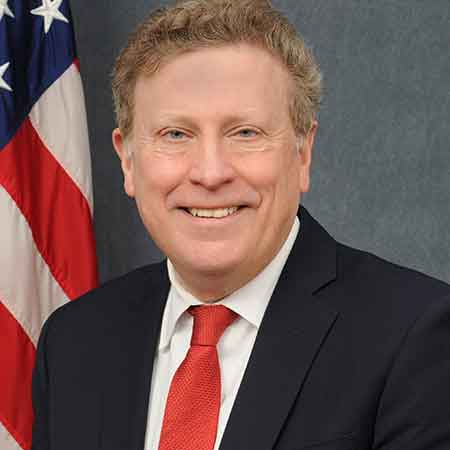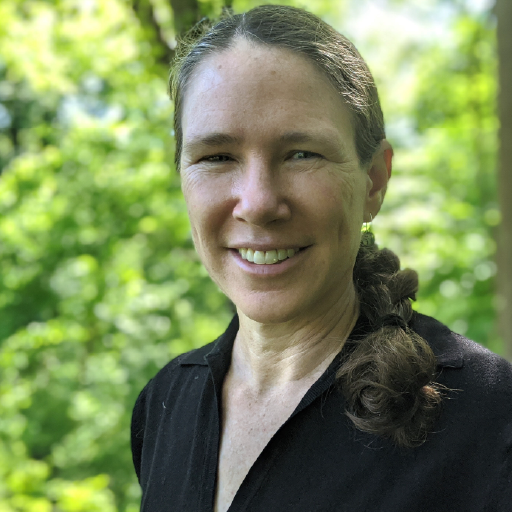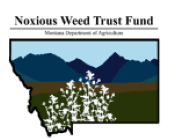Each year, NAISMA hosts an annual conference connecting terrestrial and aquatic invasive species management, research, policy, and outreach initiatives and opportunities across North America.
2020 NAISMA ANNUAL CONFERENCE

Access post-conference sessions from the 2020 North American Invasive Species Management Association Annual Conference
For just $75, access 30+ sessions from our 2020 Virtual Annual Conference, even if you didn’t attend. |
NAISMA invites you to purchase access to our 2020 Virtual Conference for just $75.00.
Simply register through Attendify, and then you’re in! You can navigate through the conference sessions just like you would have during the conference. Video recordings are embedded into the top of each presentation’s panel.
Presentations for October 7th, October 8th, and the Weed Free Products Workshop on October 9th are available in full format.
However, session recordings from October 6th are missing presentation slides. At the top of the presentation panel, you will be able to view the video recording of the presenter. Open the PDF or Powerpoint files at the bottom of each presentation’s video window to view along with the presenter.
For example, here are what the PDFs of two presentations will look like beneath one of the sessions. Click on them in the Attendify platform to download and view.

Not ready to dive in? Review the sessions before you buy access.
Keynote Speakers

Scott Cameron
Principal Deputy Assistant Secretary for Policy, Management, and Budget at the U.S. Department of the Interior

Shannon L. LaDeau
Associate Scientist, Disease Ecology, Cary Institute of Ecosystem Studies

Anthony Ricciardi
Professor of Biology, Redpath Museum and McGill School of Environment, McGill University, Montreal, Canada

Rebecca Epanchin-Niell
Senior Fellow at Resources for the Future and visiting Associate Professor in Agricultural and Resource Economics, University of Maryland
Sponsored by:





